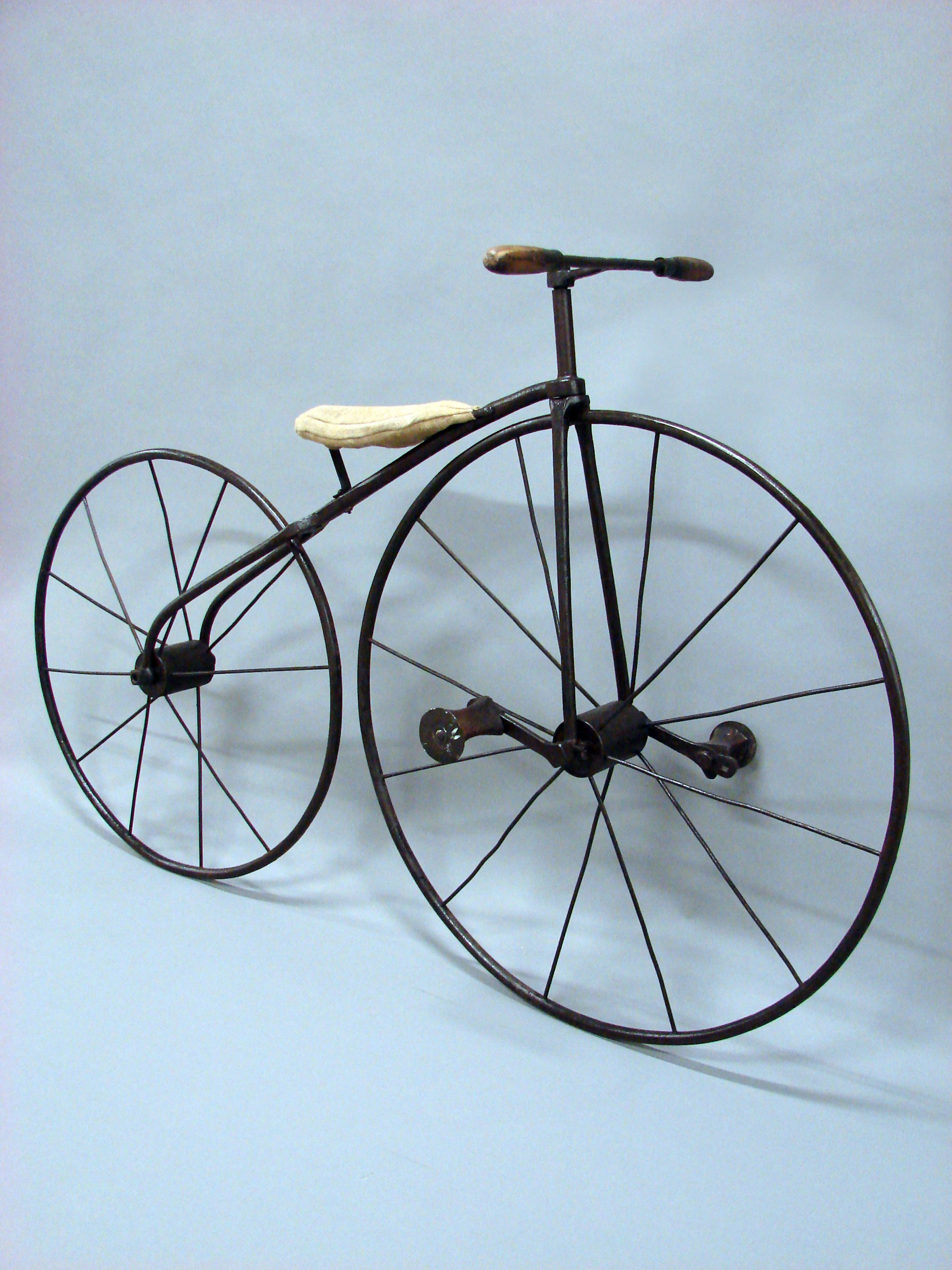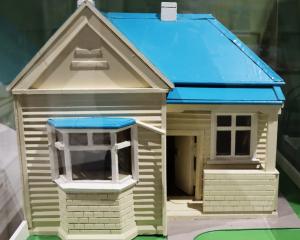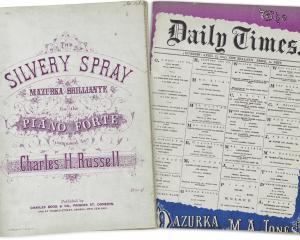
Dunedin caught up with the rest of the world when, in 1869, it held its first velocipede race.
In the late 1860s, the world was in the grip of velocipede mania. In July 1869, the Otago Daily Times reported that the affliction had, at last, reached Dunedin.
A "smart looking machine of the tri-cycle description", made in Chaplin's Cobb & Co coach-building factory in Stafford St, had hit the road (it did literally hit the road, capsizing on the corner of Manse St and throwing its rider to the ground).
Several other machines were also under construction. A bicycle, made at Easton and McGregor's engineering works in Port Chalmers, was soon on display at ironmongers Blackadder and Co in the Octagon.
Also in the Octagon, several machines appeared from the workshop of wheelwright Charles Nunn, while a few doors away a tricycle was built at Robin and Co's coach factory.
Meanwhile, at Port Chalmers, blacksmith Samuel Thomson, of Morgan and McGregor's foundry, was producing the velocipede, which can be seen on display at Toitu Otago Settlers Museum today.
Some of these machines, including Thomson's, were among the seven which turned out for Dunedin's first velocipede race in November 1869 - a two-mile contest staged during the fifth annual Forresters' gathering at the Caledonian Grounds in North Dunedin. Four of the starters were bicycles, two were tricycles and one was a quadricycle.
Forty-four years later one of the competitors recalled that the race got off to a good start until, about 50m down the track, something went wrong with the steering of the quadricycle. The four-wheeler careered across the track, bringing down all the other competitors in a heap on top of it.
With no bones broken, a restart was made. The quadricycle took the early lead, but faded as the race progressed. Conversely, "King Cobb", a tricycle made in the Cobb and Co coach factory and ridden by Cobb and Co employee Murray G. Thomson, worked its way from the back of the field to claim first prize.
Thomson's machine, competing under the moniker "The Duke of Edinburgh", was second. Bicycles ridden by John Hordern and Thomas Stewart were close behind. The quadricycle was last, the other two competitors having dropped out.
The following month, another race was planned for the Oddfellows' fete at Vauxhall Gardens but was canned when only one vehicle showed up.
At the Caledonian gathering on New Year's Day, two velocipede races were held - one for tricycles and quadricycles and one for bicycles. "King Cobb" won its race easily, but "The Duke of Edinburgh" could not repeat its November heroics - finishing last in the bicycle event.
The velocipedes were quickly superseded by improved machines.
In 1895, Thomson's machine reappeared on display as part of a fundraising event at the Union St School. Thereafter it was placed in the window of William Melville's cycle and sewing machine shop in George St, where it stayed until it was given to the museum in 1917.
Velocipede mania was long over, but its days would not be forgotten.
- Peter Read is Curator at Toitu Otago Settlers Museum








![‘‘Neil’s Dandelion Coffee’’. [1910s-1930s?]. EPH-0179-HD-A/167, EPHEMERA COLLECTION, HOCKEN...](https://www.odt.co.nz/sites/default/files/styles/odt_landscape_small_related_stories/public/slideshow/node-3436487/2025/09/neils_dandelion_coffee.jpg?itok=fL42xLQ3)



